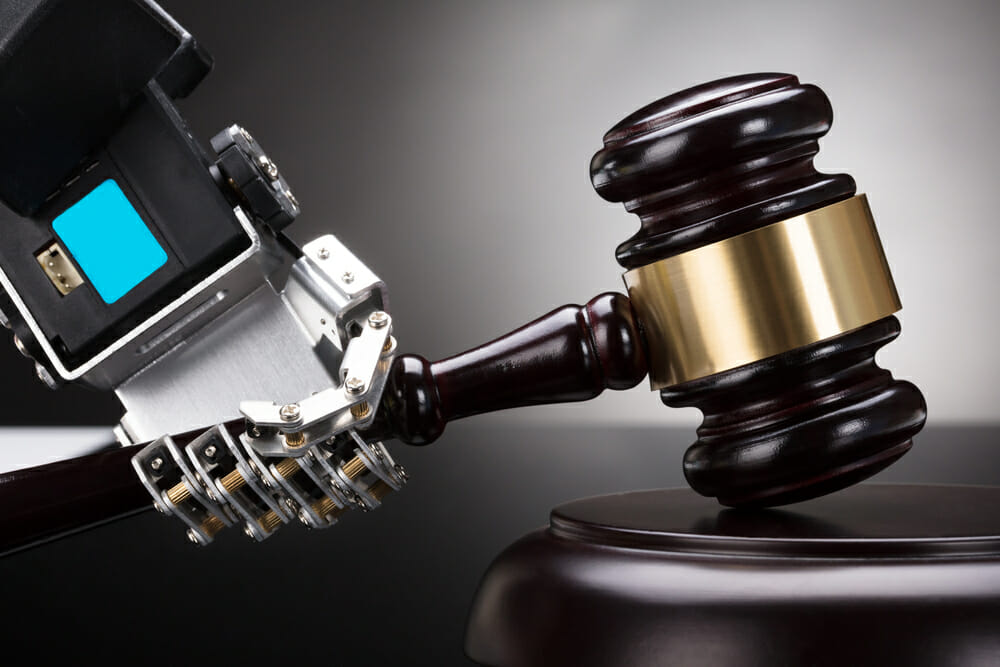
{Read in 4 Minutes} Ah, nostalgia! Let’s remember the 90s. Everyone was all about boy bands, big blockbuster movies like Jurassic Park, high net-worth divorces fought over the value of their beanie babies, and the opportunity to ponder what the definition of “is” was.
While not as big as the cultural phenomena mentioned above, the 90s also introduced technology allowing electronic filing in the court system. Much like many of us in the legal profession who are finally embracing this previously optional technology, the New York State Surrogate’s Courts are fully embracing the technology and allowing parties to electronically file their papers.
In fairness, the Surrogate’s Court has had electronic filing available for just under 10 years, starting with pilot programs in a few different Courts, and have had them available for some time. As time marched on, more and more Courts began to embrace and allow electronic filing. And finally, with the recent shutdowns from the COVID-19 crisis, the last remaining holdouts have allowed electronic filing.
What does it mean to e-file? It means a lot. It means that parties, whether they are self-represented or represented by counsel, can file documents from the comfort of their homes and offices without the necessity of visiting the Courthouse, provided they meet some minimal technological requirements. Needless to say, this was incredibly convenient and increased safety for all involved during the recent Court shutdowns.
This also means that a person is not bound to a certain cutoff time by which to file papers. For example, I can have a client come in during evening hours to sign Court papers. Once that client leaves, I can upload and e-file the papers to the system, even if it is well after the Court’s usual business hours.
There’s another benefit here, too: both attorneys and self-represented parties have the ability to receive instantaneous emails from the Court once the Court issues a Decision and Order, which is key. It’s no longer necessary to periodically check the Record Room or await notification by mail.
When dealing with e-filing in the Surrogate’s Court, it’s important to realize that in some counties it is mandatory, and in some counties it is voluntary. For those counties in which it is mandatory, attorneys need to ensure that they have e-filed all documents — with the exception of the minimal number of things for which the Court would require a hard copy. (Most likely the death certificate and, of course, the Decedent’s original Will.) In these situations, Courts require the filing party to send by expedited delivery or to physically drop off the documents within two business days of the filing. It’s also important to understand which filings or which sorts of proceedings the courts will allow. While most Courts allow all of the proceedings (Probate, Administration, Accounting, Guardianship, etc.) to be filed electronically, it’s important to check the Court’s website to see if there are any limitations on it.
If you are a party and receive a Citation from the Surrogate’s Court, there will be a separate notice attached to let you know whether or not the Court mandates e-filing. If it is mandatory, you should absolutely let your attorney know this when discussing your matter. If you are proceeding without an attorney, you can e-file things yourself. Some Courts have self-help centers where you can bring in the documents for scanning and uploading.
Although I make some jokes here about the speed with which our Courts and practitioners have embraced e-filing, this really is a wonderful opportunity. Like always, the Surrogate’s Court in New York State is striving to meet customer demand and get information out to people as quickly and efficiently as possible. I expect many more great and wonderful things to come.
For more information on this topic, please contact me.

